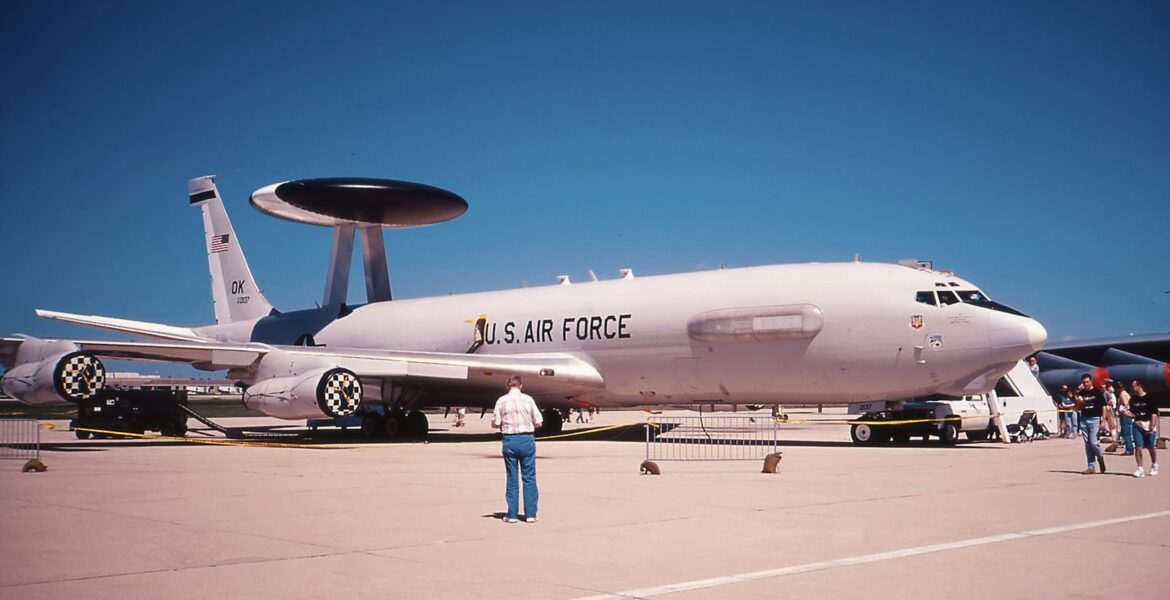Photo by Robert Linder on Unsplash
For the first time ever, the NATO Airborne Early Warning and Control Force (NAEW&CF) conducted command and control operations with an all-female aircrew composition.
The flight was a regular mission sortie for the multinational crew in support of NATO’s enhanced Vigilance Activities (eVA). NATO says the flight highlights the work of women in the Airborne Early Warning community “and shines a light on female aviation.”
“The purpose of this flight, on 9 February, encompassed our operational mission safeguarding NATO’s borders,” said Captain Béatrice, Aircrew Training Squadron Flight Commander. She explained that it is normal for the E-3A AWACS to have women on the flight or serve as maintainers for the aircraft.
“The flight demonstrates that the mission and every position on board the AWACS can be executed by women,” added Captain Ciara, Aircrew Training Squadron Simulator Operations Chief. “Showcasing the capabilities of the female crew will prove that women are able to perform in traditionally male-dominated occupations in equal capacity.”
The flight was organised by the Women’s Initiative Team (WIT) who aim to champion equality and inclusion and was the first attempt of a crew comprised of female aviators representing various backgrounds highlighting the achievements of women in aviation.
According to NATO the average percentage of women in the armed forces of the NATO Alliance has more than doubled since 1998. As the Alliance’s mission is to protect its one billion people, NATO says it believes that women “play a vital role in all that is done to build a stronger Alliance that draws on the skills and talents of its diverse population.”
“Everyone is unique and brings individual talents to the team, which benefits our operational effectiveness within NATO,” said Technical Sergeant Maddie, 852nd Medical Dental Squadron Laboratory NCO In-Charge. “By recognising strength in diversity, we can unleash its potential and positively impact the culture at NATO.”
Since 2013, gender perspectives have been integrated in NATO defence planning, Strategic Intelligence Requirements, and in its work to counter terrorism.
A NATO spokesman said it believes “every policy, programme, or project can affect men and women differently, so understanding these differences can help improve the way work is pursued.”




